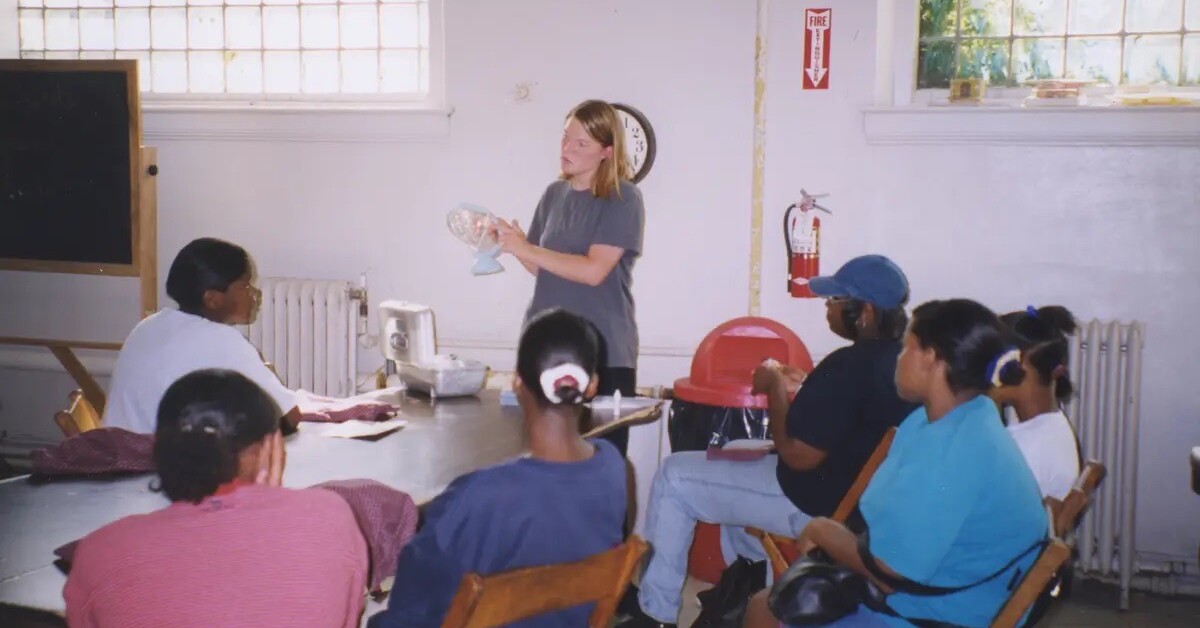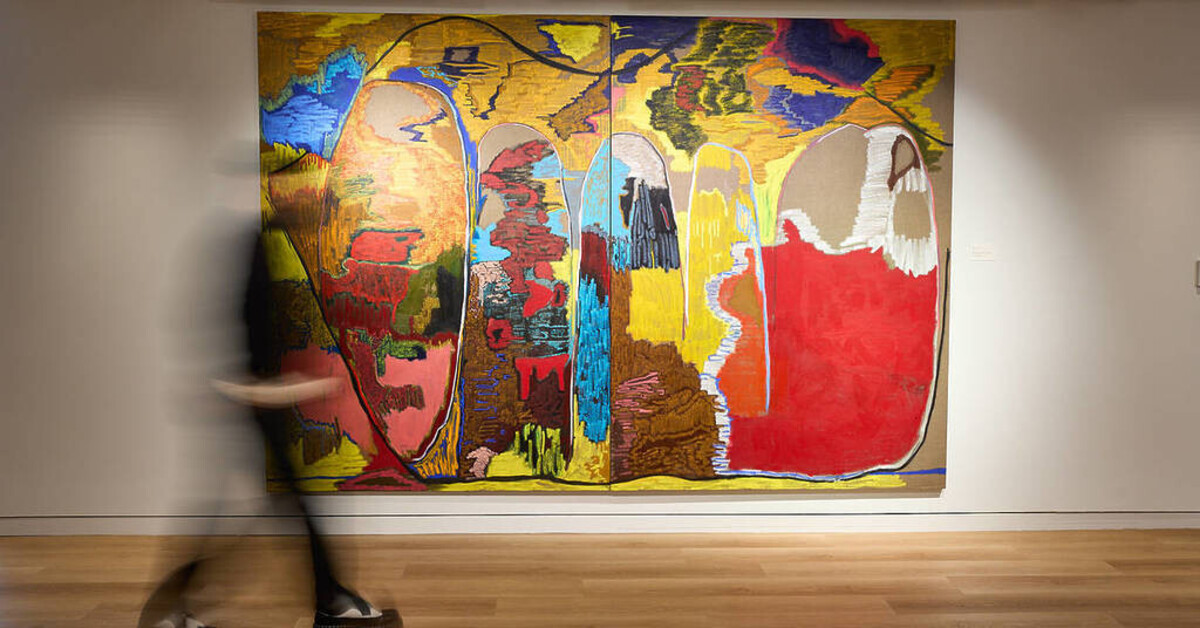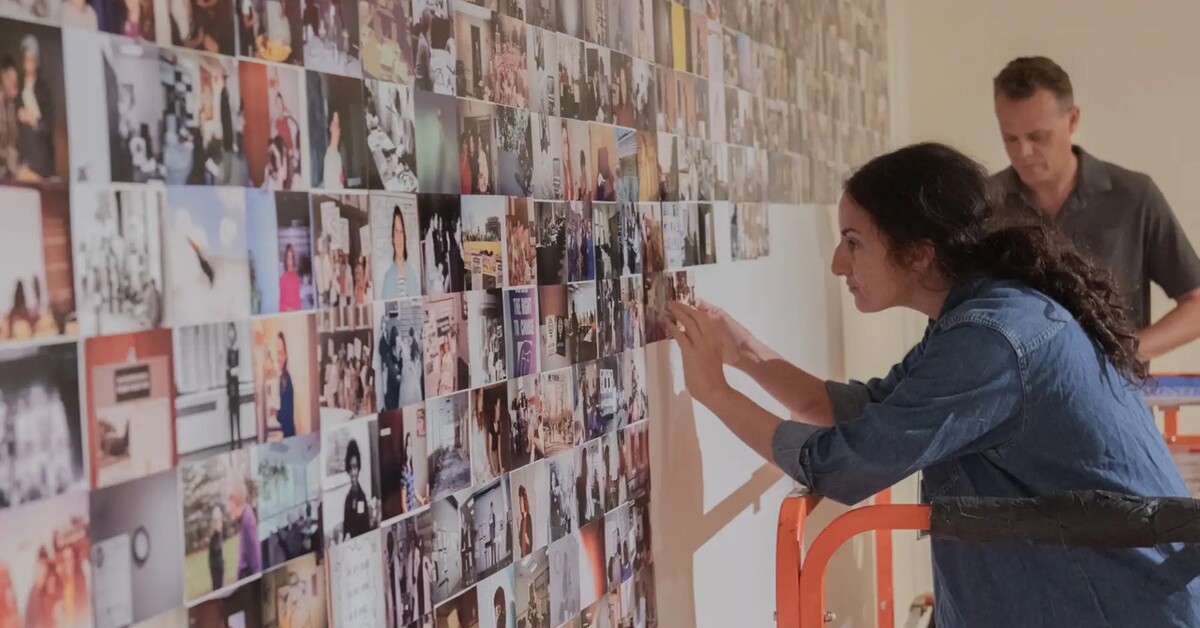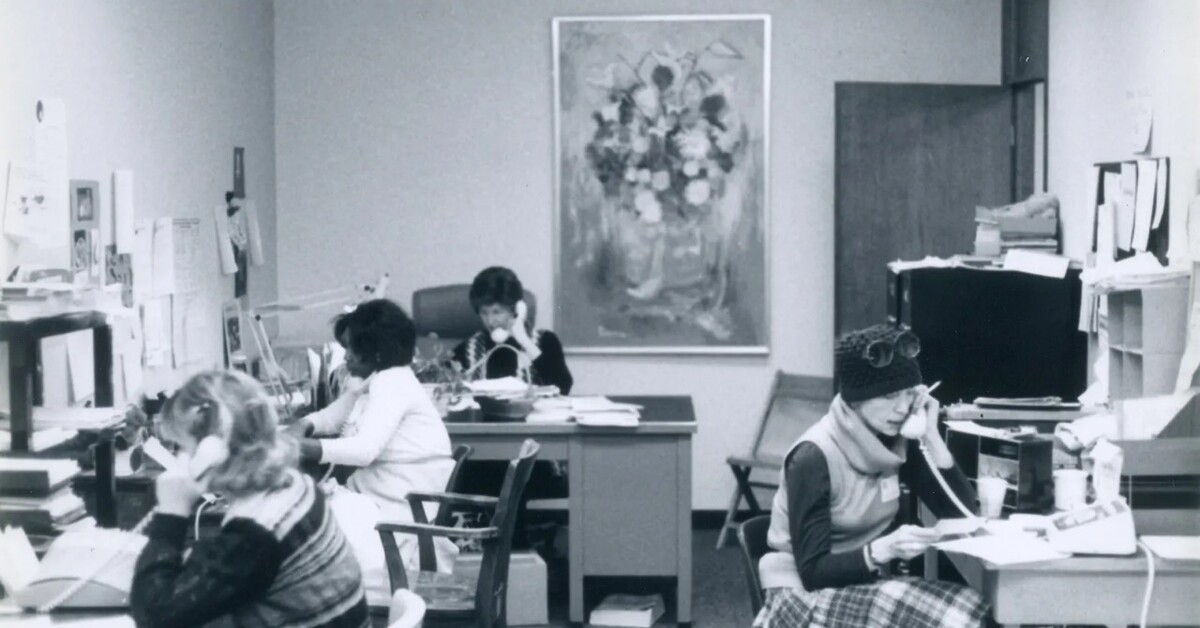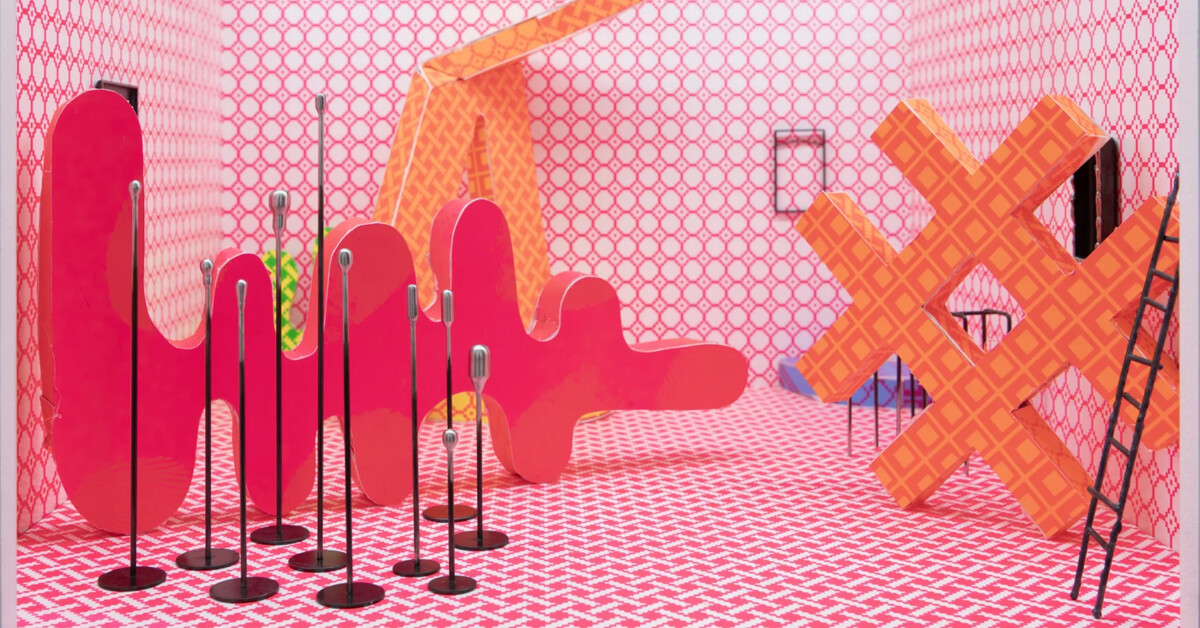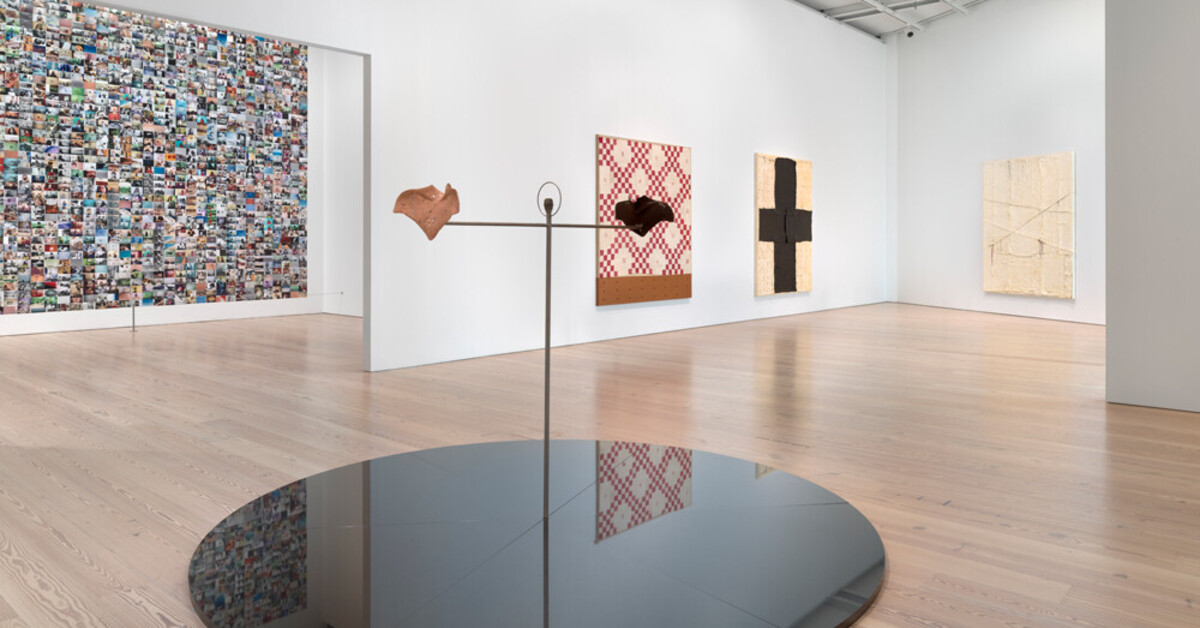Black Women In Art And Black Writing In Art On View At Kansas Museums
Forbes / Aug 15, 2023 / by Chadd Scott / Go to Original
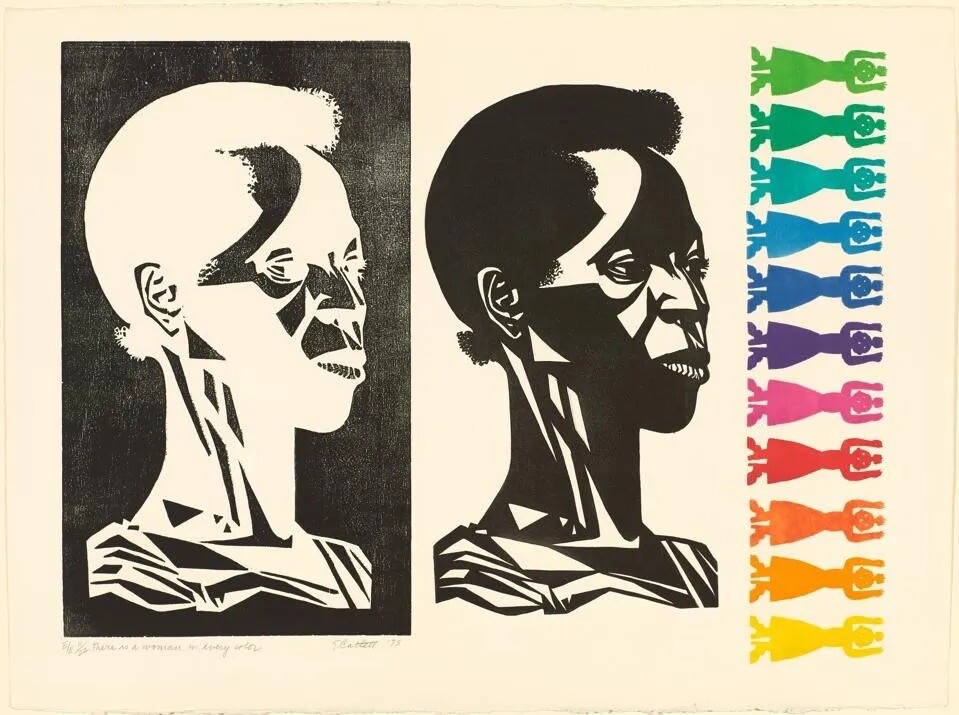
Elizabeth Catlett, “There is a Woman in Every Color,” 1975. Color linoleum cut, screenprint, and … [+]BOWDOIN COLLEGE MUSEUM OF ART.
Imagine popular music without Black women. Since Motown in the 1960s, turning on a radio anywhere in American meant the likelihood of hearing a Black woman’s voice. And they were the biggest stars, too. The Supremes, Aretha, Tina, Whitney, Janet, Mariah. For 60 years through today, Black women have been inseparable from mainstream music.
Not so with the visual arts.
Black women dating back to sculptor Edmonia Lewis in the late 19th century have been making a name for themselves, but they were few and far between. Those who found success existed more on the margins than the mainstream. Harlem Renaissance sculptor Augusta Savage. Her student, painter Gwendolyn Knight. Printmaker and sculptor Elizabeth Catlett. Giants, for sure, but hardly names as celebrated as even their white female contemporaries–Georgia O’Keeffe, Joan Mitchell, Helen Frankenthaler.
Prior to the new millennium, it was a rarity to see the work of a Black female artist on view in one of the nation’s top art museums. The artists were there, the access wasn’t.
That has finally changed. Just as in music, the biggest, most popular and important visual artists are now Black women. Amy Sherald, Bisa Butler and Julie Mehretu could be considered the visual art equivalent of Beyoncé, Cardi B and Megan Thee Stallion–the tops.
Through October 15, 2023, the Mulvane Art Museum at Washburn University in Topeka, KS presents the exhibition, “There is a Woman in Every Color,” an examination of the representation of Black women in visual art over the past two centuries. Considered are both the long period during which Black women were largely gatekept from the highest echelons of visual art making and display, their likenesses mostly being created by male artists, and the relatively brief period thankfully being experienced today where Black women are central to any mainstream display of contemporary art.
Black women as objects of art, and then Black women as subjects for Black women who make art.
While absolutes don’t exists, it will come as no surprise that portrayals of Black women in the hands of male artists–Black or white–differ greatly from those as depicted by Black women.
“Early stereotypes (of Black women) in visual, literary, and popular American culture included stock characters like Jezebel, Sapphire, the tragic mulatto, and Mammy; a few works in the exhibition engage with the Mammy stereotype,” Sara Stepp, Academic Curator at the Mulvane Art Museum, said. “It’s fair to say that when Black women were able to carve out their own space in the art world and portray themselves, representations of Black women gained more complexity and honesty than most previous depictions of them had allowed for.”
Through more than 40 works of art, objects, and artist books, “There is a Woman in Every Color” challenges histories of marginalization and makes visible the presence of women of color in American art history. On view is a checklist of historical and contemporary works from a superstar roster including Lewis, Catlett, Alma Thomas, Emma Amos, Carrie Mae Weems, Betye Saar, Faith Ringgold, Kara Walker, Mickalene Thomas, LaToya Ruby Frazier and other Black women artists offering nuanced and multifaceted perspectives on the experiences of Black women in the United States.
“Many leading artists today identify as Black women and femmes. Artists like Kara Walker, Carrie Mae Weems, Toyin Ojih Odutola, Wangechi Mutu and others produce incredibly sought-after art, and their work helps shape the entire contemporary art conversation,” Stepp explains. “However, racism and sexism still persist in the art world. Black women artists are still underrepresented in galleries and museum collections, and they face more obstacles than their white counterparts.”
Black Writing
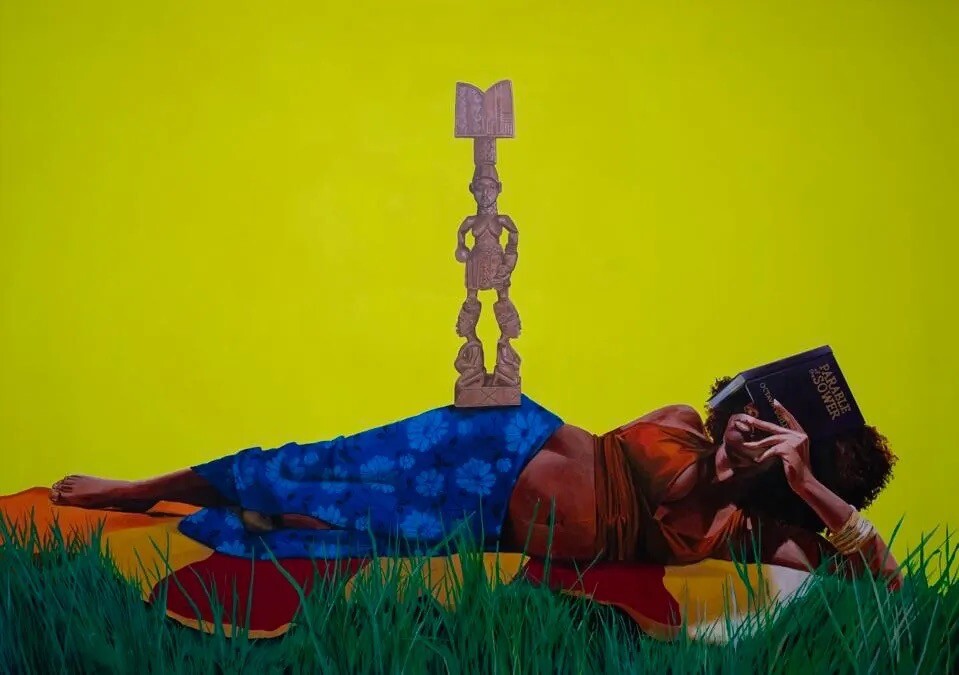
Fahamu Pecou, Parable of the Sower: Oya’s Dream, (2023).COURTESY THE ARTIST.
Opening August 19 and running through January 7, 2024, at the Spencer Museum of Art at the University of Kansas a mere 30 miles west of Topeka, “Black Writing,” is another exhibition exploring the Black experience in America, this one through the power, politics, and complexities of language in contemporary Black culture.
Featuring new and recent works by Paul Stephen Benjamin, Bethany Collins, Jamal Cyrus, Stephanie Dinkins, Carrie Schneider and Dread Scott, as well as a new commission by Fahamu Pecou that engages with Octavia Butler’s book “Parable of the Sower,” the exhibition is developed in partnership with the History of Black Writing, a major ongoing research project on KU’s campus supporting the recovery, preservation, study, and circulation of literature by Black writers.
Coinciding with the 40th anniversary of HBW’s founding, the exhibition extends the work of the project to embrace visual artists whose practices engage with literature, writing, reading, and the intricacies of words. “Black Writing” captures the dynamic relationship between the visual and literary arts and the ways in which artists leverage language to empower, heal, question, resist, and create moments of meaning and care.
To enhance engagement with the work of HBW, the exhibition will feature a reading room including a selection of books by author and poet Langston Hughes. Hughes lived in Lawrence, KS, home to KU. The reading room offers a new platform through which audiences can connect with his lesser-known work. The space will be activated throughout the duration of the exhibition with live readings and speaking programs.
An additional gallery at the Spencer will include works from its collection by artists whose practices engage with related themes, including Aaron Douglas, Glenn Ligon, Adrian Piper and Betye Saar.

